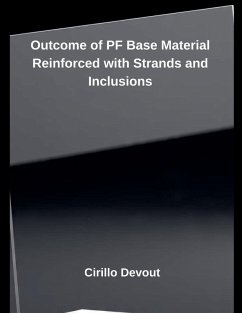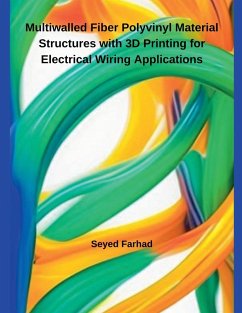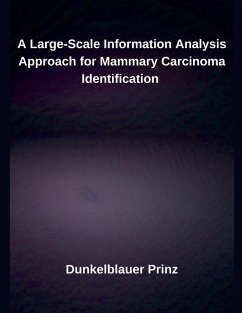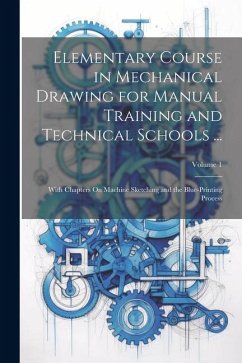
Molding material Based Solutions for H¿ ion Concentration Buffering, The Blue Repurposing and Lowered Pep Infrastructure Scale
Versandkostenfrei!
Versandfertig in 1-2 Wochen
29,99 €
inkl. MwSt.

PAYBACK Punkte
15 °P sammeln!
Wet sanitation systems connected to sewage treatment facilities are currently considered the gold standard for urban sanitation in high-income countries. However, approximately 670 million people are estimated to still engage in open defecation, and around 4.2 billion lack access to secure sanitation systems (Tsalis et al., 2020). On average, a standard flush toilet consumes about 5 L of water per flush, and it is estimated that each person in high- income countries consumes around 15,000 L of water annually to flush away 500 L of urine and 35 kg of faeces (Lamichhane, 2007). Significant energ...
Wet sanitation systems connected to sewage treatment facilities are currently considered the gold standard for urban sanitation in high-income countries. However, approximately 670 million people are estimated to still engage in open defecation, and around 4.2 billion lack access to secure sanitation systems (Tsalis et al., 2020). On average, a standard flush toilet consumes about 5 L of water per flush, and it is estimated that each person in high- income countries consumes around 15,000 L of water annually to flush away 500 L of urine and 35 kg of faeces (Lamichhane, 2007). Significant energy and chemicals are required to remove nutrients present in the human waste that is flushed away at municipal wastewater treatment facilities (Maurer et al., 2006). Despite the type of sanitation system, most of the nutrients, energy and water in human waste are not recovered. In light of the paradigm shift towards a circular economy in the water sector, innovative strategies for recycling nutrients from household wastewater with a specific focus on source-separated human urine are necessary. Source-separated sanitation systems, which divide urine and faeces, can effectively recycle valuable nutrients from human waste (Malisie et al., 2007). Source-separated sanitation systems can effectively recycle valuable nutrients, recovering up to 91% N, 83% P and 59% K (Vinnerås & Jönsson, 2002). The recovered nutrients can be used as fertilizers, reducing the need for chemical fertilizers and promoting sustainable agriculture (Xu et al., 2017). Moreover, source-separated sanitation systems have been found to possess a lower carbon footprint and higher nutrient recovery compared to traditional systems (Kjerstadius et al., 2017). Dehydrating treated urine in a circular system can reduce energy demand and some heat and water can be recovered. Urine source separation involves the separation of urine from other waste streams at the point of origin, which allows for the efficient capture and recovery of valuable nutrients.









![Cyber Infrastructure Protection [Enlarged Edition] Cover Cyber Infrastructure Protection [Enlarged Edition]](https://bilder.buecher.de/produkte/66/66649/66649345n.jpg)


